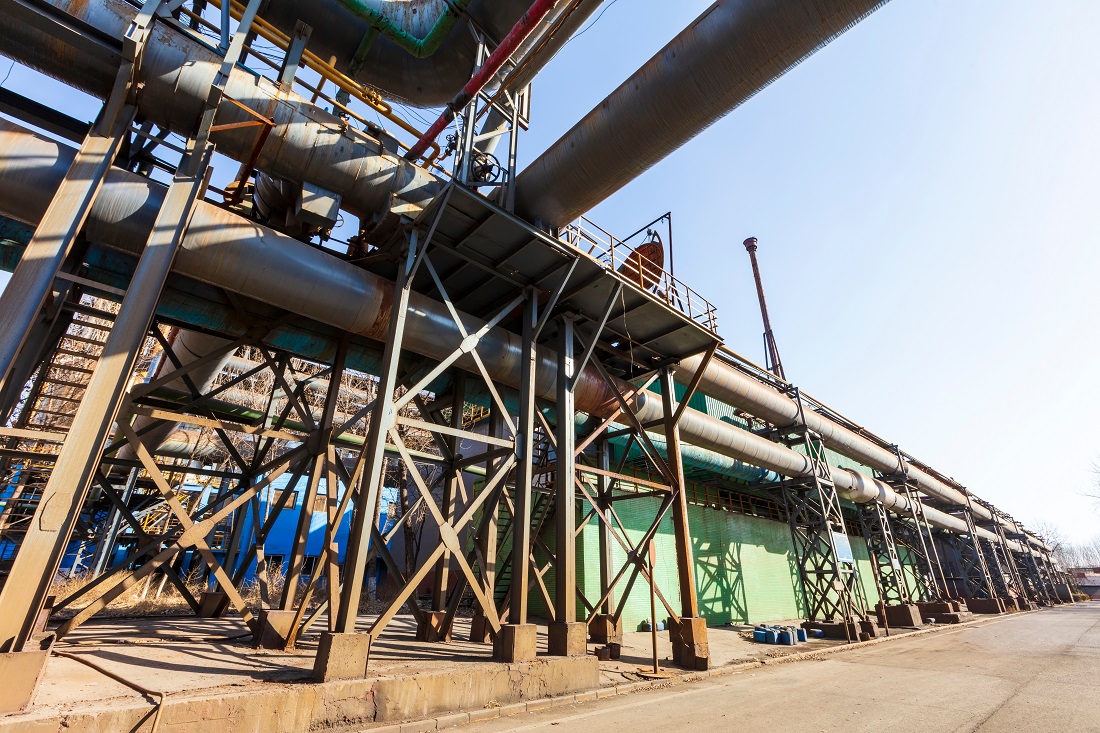Return to Service Program
Welcome to the Return to Service Program website, where we provide guidelines for operators seeking to restart pipelines. The Office of the State Fire Marshal (OSFM) recognizes four operational statuses for pipelines:
- Active: These pipelines are currently in operation.
- Idled: These pipelines are not in operation but have undergone proper purging of hydrocarbon materials. Operators of idled pipelines may submit deferral requests for certain maintenance activities, subject to review and approval by the OSFM.
- Out-of-service: These pipelines are not in operation and have not been purged or verified to be purged of hazardous materials. For out-of-service pipelines, no deferral maintenance activities are accepted.
- Abandoned: These pipelines have been purged, isolated, and disconnected from the active pipeline system. If an operator wishes to remove a pipeline from our regulation, they can request the OSFM to classify it as abandoned.
If you would like to reclassify any out-of-service, idled, or abandoned pipelines to the active category, you can initiate the process by submitting a return-to-service request to our office. It is important to note that once a pipeline is classified as active, no deferral maintenance activities are accepted. Additionally, the OSFM may require additional integrity assessments to evaluate the pipeline's condition and safety before granting approval for its return to service.
Procedures
Step 1: Submit a Return-to-Service Request
To start the process of returning a pipeline to service, the operator must submit a return-to-service request to the Office of the State Fire Marshal (OSFM), Pipeline Safety Division, Assistant Deputy Director. The request should be sent at least 60 days in advance via email to the Pipeline Notification address: pipelinenotification@fire.ca.gov.
The return-to-service request must include the following essential information about the pipeline:
- OSFM Pipeline Identification Number
- Start-up operational plan
- List of any deferred activities that were previously postponed
- List of any special permit requirements, if applicable
- Commodity that will be transported after the pipeline or segment(s) of the pipeline is reactivated
- Length of the pipeline segment and a map clearly indicating the starting and ending locations of the purged pipeline
- Procedure to be followed for reactivating the pipeline
- Expected dates for field works related to the return-to-service process
- Supporting documents demonstrating the completion of all deferred activities
- Date of the hydrostatic pressure test and/or in-line inspection, if conducted
Step 2: Field Inspection(s) and/or Records Review
Upon receiving the return-to-service request, the OSFM may schedule a meeting with the operator to review the provided supporting documents. Additionally, the OSFM may conduct field inspection(s) to ensure that the reactivation of the pipeline aligns with the procedure outlined by the operator.
Step 3: Acknowledgment
After a thorough review and inspection process, the OSFM will issue a letter of acknowledgment for each return-to-service request. This acknowledgment serves as confirmation that the pipeline is approved for reactivation and can safely resume its operations.
We understand the importance of efficiently and safely returning pipelines to service, and our goal is to assist operators throughout the process. By following these procedures and providing accurate and comprehensive information, we can ensure compliance with regulatory requirements and maintain the integrity of our pipeline systems.
If you have any questions or need further guidance regarding the return-to-service process, please do not hesitate to contact our office. We are here to support you in ensuring the secure and reliable transportation of hazardous materials through our pipelines.
